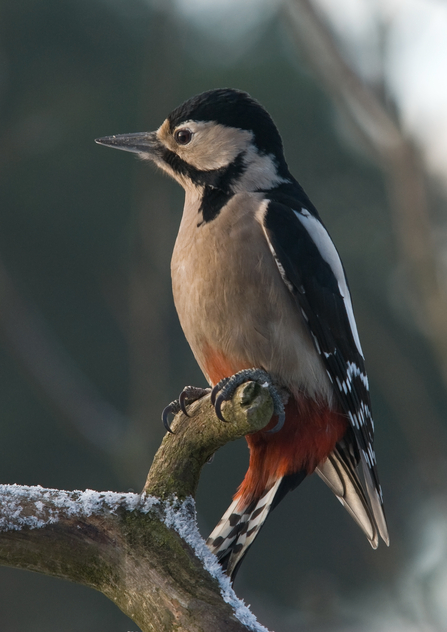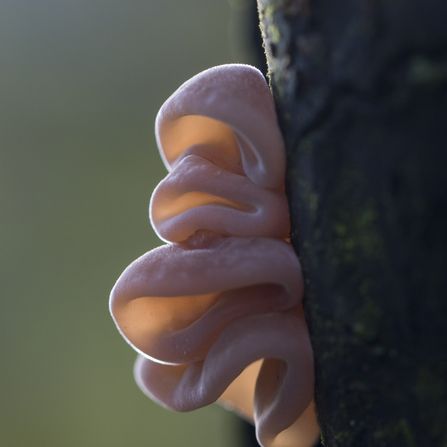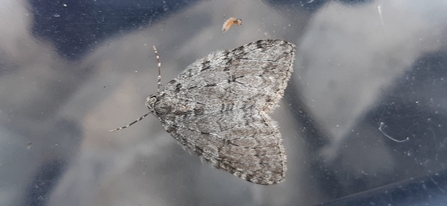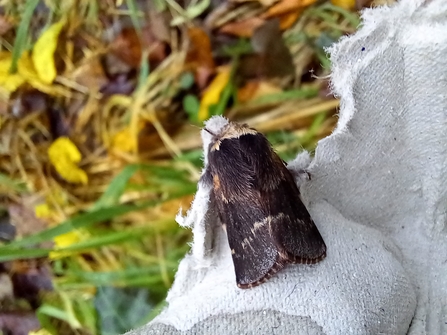With cold temperatures and gusty winds, it can be tempting to stay indoors with hot water bottles and large mugs of hot chocolates! But there’s nothing quite like a walk in the woodland, even during the coldest of months. We’ve made a list of some species you might be able to find when out and about, especially if you are visiting any of our nature reserves!
Maybe you might take a visit to Lea Wood, our semi-natural ancient woodland located in the Derwent Valley in Cromford, which has so much to see from weird and wonderful fungi to plenty of bird activity. Or maybe a visit to Ladybower Wood in the Peak District, which is a great place to find lichens and mountain hares! So this winter why not wrap up warm, put your walking boots on and head out to the woodlands to see what you can find!







